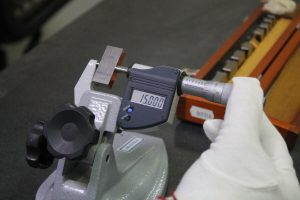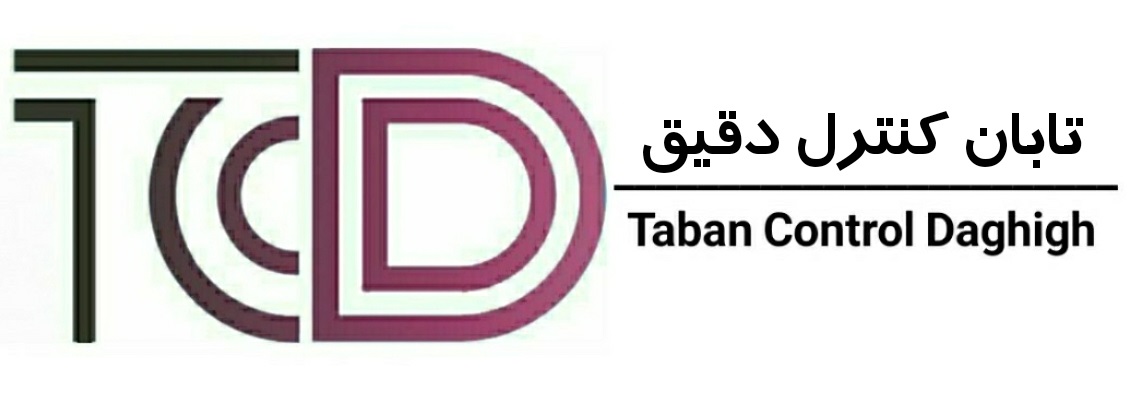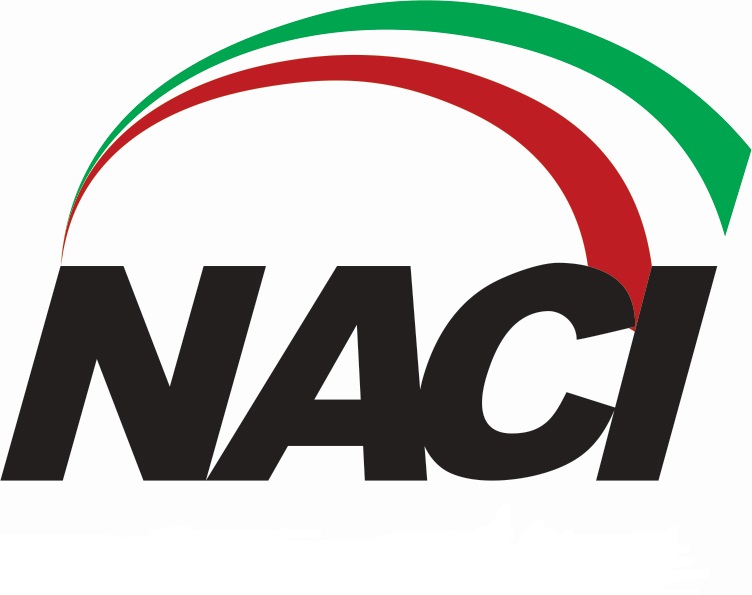Definition of calibration
In measurement technology (metrology), calibration is the comparison of received device measurements with a calibration standard with a certain accuracy. These standards can serve as reference devices with specified accuracy. This practice may include adjustments to meet acceptance criteria, but strictly speaking, the term calibration refers only to the act of comparison and does not include adjustments.
Calibration to the national standard of Iran means comparing a measuring instrument with a standard and determining the error of this instrument with respect to it, if necessary, adjusting the calibration based on the relevant standards. Calibration simply refers to the measurement and accuracy of a unit of measurement against a certified reference. Given that high-quality and accurate test results are achieved through reliable tests and measurements, it is necessary to implement calibration procedures in laboratory and medical devices.
Why calibrate?
In reality, no measurement is perfect. Measured values always contain uncertainty due to lack of measuring equipment, measurement procedures, and random variables. Measuring equipment should be calibrated regularly. Over time, attrition and unpredictable events make the traceability of results questionable and require re-evaluation. For installed equipment, a calibration certificate is provided and attached to the equipment. There is no need to install any device. Sorting is usually done with the following goals:
- Creating the possibility of monitoring according to criteria
- Verify the validity of the meter readings.
Why should you calibrate your tools?
As the demand for accuracy and uncertainty increases, it is important to know that the data you are reading meets industry quality standards, customer requirements and/or internal requirements.
– If accuracy is important, calibrate your device.
– If not, what are you measuring?
One thing to consider when it comes to instrumentation and industrial automation is the calibration of the instrumentation. Usually, after a certain period of operation, an error occurs when measuring equipment, which must be accurate enough for the correct operation of the process and system. Therefore, the device must be sent to a calibration lab for calibration. Otherwise, a proofreading expert can get the error on your device, if they can fix it and restore it. Equipment customization is important and necessary because equipment usually plays an important role in different industries.

Calibration method
The quality and cost of calibration depends on the calibration method and the number of points tested. The cost of calibration is an important and determining factor in its implementation. Prices vary for different calibration methods. Generally, calibration can be applied in three ways. The first calibration method is to obtain the error and record the result. The second method includes the calibration of the first method, and also the results are compared with standards and guidelines, and the status of the equipment is determined based on acceptance or rejection.
The third method of calibration includes the second method, and also includes correction, correction and correction of errors that occur. Therefore, it is necessary to describe the type of calibration method in more detail.
Calibration systems can be divided into the following four groups:
- Calibration for inspection and repair
- Calibration for verification purposes only
- Calibration for customization purposes only
- No calibration
Calibration steps
Calibration of measuring equipment is a sensitive issue. So if you plan to always have a calibrated and accurate instrument, you need to be careful. When calibrating the device, perform the following steps in order:
1. Coding
First, it is necessary to code various measuring instruments with enough patience and precision. Of course, coding alone is not enough. It is mandatory to prepare an identity card of the crew and bring a complete list with a birth certificate.
2. Classification
After coding, it is necessary to classify the measuring instruments according to their size. This classification can be done according to different criteria. Importance, duration (fixation interval), cost and difficulty are the main parameters you should pay attention to.
3. Defining the margin of error
Infinite accuracy cannot be expected from a measuring device. You will find some margin of error depending on the level of accuracy required. Of course, it’s up to you to define the limits of error. To calibrate the devices, determine the error range according to the intended application.
4. Select a calibrator
One of the most important steps to take is choosing a calibrator. Many organizations or even individuals can claim to be comparative experts. Your previous knowledge will help you in your decision.
5. Perform calibration
At this stage, by conducting tests, the percentage of equipment errors is determined and calibration operations are carried out. Regarding quality and experience, the device is adjusted or sent for repair if there is a major defect. Finally, the calibration certificate and label are issued and installed.
6. Registration of records calibration
It is very important to keep a calibrated record. This importance becomes apparent when the facility is inspected by various inspectors of the center. Calibration records are the most documented and reliable records that show the overall health of the equipment. Additionally, if you plan to sell your device, these documents will be important to you.
Conclusions
Understanding the importance of equipment calibration in factories and enterprises was one of the key issues in developing the 9000 series standards for Iranian businesses. Calibration determines the effectiveness of an instrument or reference material by direct comparison. Many people think that going through the calibration process is a waste of money and time. These people should know that any inaccuracy in measurement can lead to wrong diagnosis and accidents! I hope this article has answered your questions about calibration and its importance. In strict control, in the blog section and in the store, we aim to serve you.


